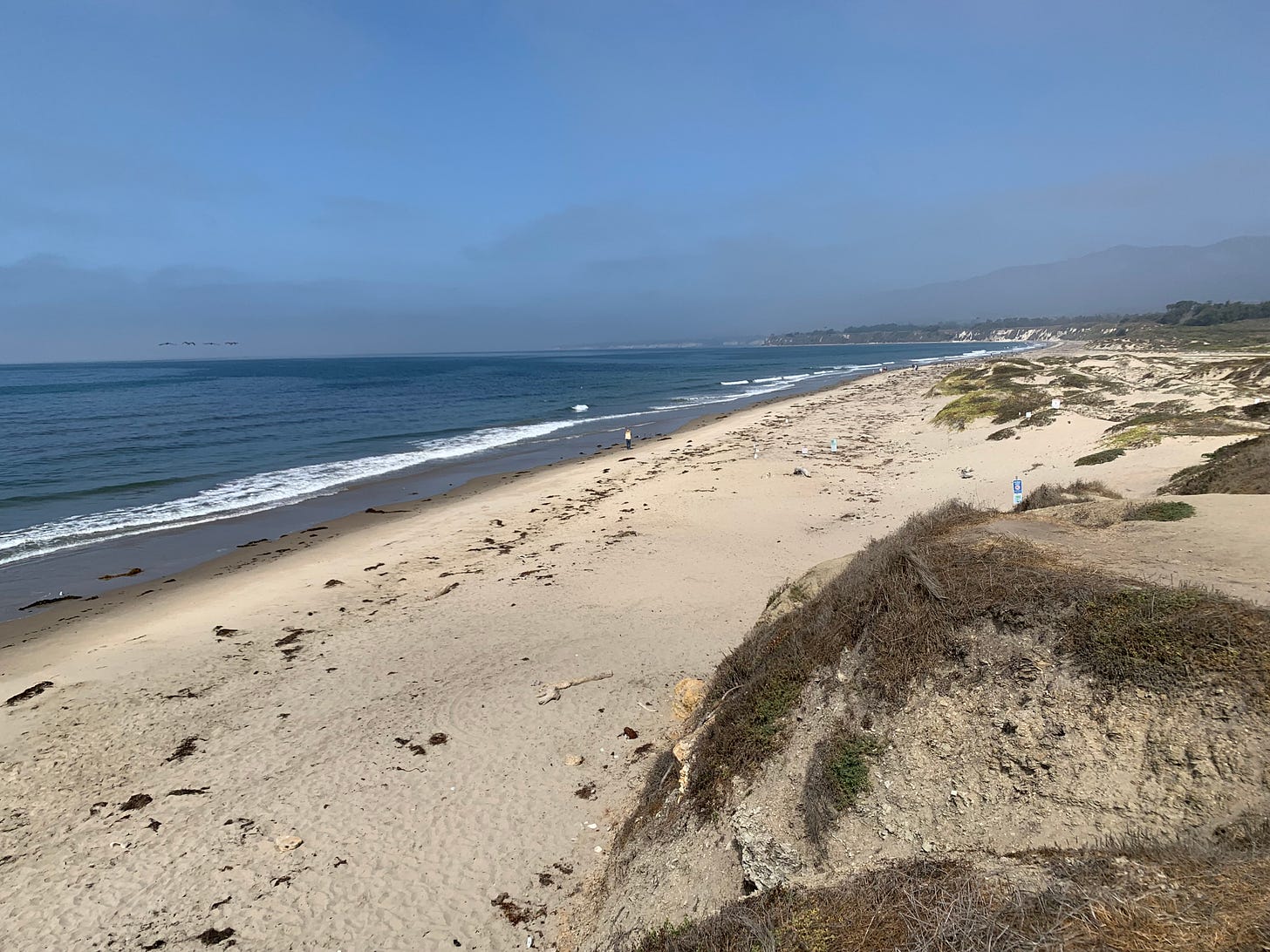How Our Scarcity Brain Works
Issue No. 7 : Why we are always seeking more when it’s healthier to strive for less

SUMMARY:
How our brains are designed to crave more of everything
The negative consequences of our scarcity brain in a world of abundance
How to live a richer and healthier life with less starting today
Our modern human minds evolved over 200,000 years ago in an environment of scarcity where more of everything, especially food, meant survival. If we didn’t have this built-in craving for more, our species would have died out early.
And that has been the reality for human beings during 99.99 percent of our existence on earth, starting around 100,000-300,000 people about 200,000 years ago until today when we are well over 8 billion people.
But during the 1970s something changed. Industrialization kicked into a higher gear thanks to new technologies and gradually made everything made over the following 50 years available to anyone anywhere on our planet 24/7.
We had in less than one generation gone from chasing scarcity for daily survival to drowning in a never before seen abundance without any evolutionarily changes to how our minds regulates survival in a completely new environment.
The pioneering psychologist Abraham Maslow described human beings as “the perpetual wanting animal.” But he was not the first to recognize our appetite for greed and gluttony. All religions have warning tales about the craving for more.
They all heed the same warning as Michael Eisner writes in his excellent book “Scarcity Brain”: “When we give in to our boundless appetite for more, we end up devouring ourselves.” And that is what’s now happening all around us.
Everything is just getting bigger and bigger and we need more and more stuff to satisfy our increasing wants, fueled by advertising and technology, who knows exactly how to get our evolutionary scarcity brains all fired up to consume more.
When doing research for the book Scarcity Brain, Michael Easter discovered the formula when exploring why slot machines suddenly became so immensely popular in the early 1970s which he calls “the scarcity loop.”
“The behaviors we do in rapid succession—from gambling to overeating to overbuying to binge-watching to binge drinking and so much more—are powered by a ‘scarcity loop’. It has three parts.”
Opportunity—> Unpredictable Rewards—> Quick Repeatability
The first is the opportunity to get something that we think would improve our lives and in our society today more of everything is that very thing: more money, more clothes, more status, more of everything is considered success.
The second part of the “scarcity loop” is the reward but it’s important that it’s unpredictable. We know that we’ll probable get a reward if we play but not when and not how much. Just think about how kids react to surprise announcements.
Keep reading with a 7-day free trial
Subscribe to Fewer Better Things to keep reading this post and get 7 days of free access to the full post archives.



